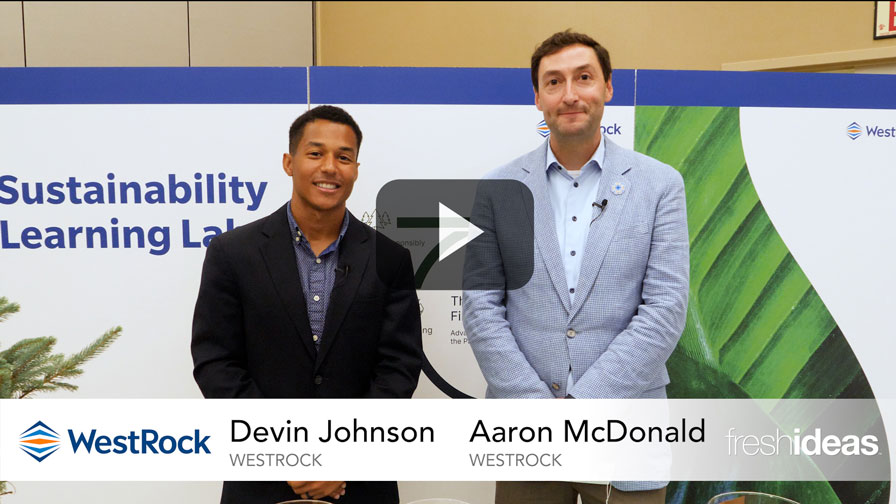How Cannabis Training and Pruning Can Affect Quality

Cannabis is a high fluence crop, and light penetration to all flowering sites is required for production of quality inflorescences. Photo courtesy of Rubicon Organics
The cultivation of cannabis for the cured flower market currently represents the highest value per canopy area of any commercial crop and justifies infrastructure and labor investments that would be uneconomical in other situations.
Cannabis is dioecious, and therefore an obligate outcrosser under normal conditions. Genetic recombination at each generation, wide geographic dispersal, and modern hybridization have ensured a great diversity in phenotypic presentation among cannabis germplasms. This variability is evident in the growth habits of diverse cultivars.
Plant structure in commercial horticulture systems has important impacts on quality and yield. Plants enhance their opportunity for light capture and reproductive success through changes in morphology in response to environmental conditions. This evolved response can be influenced by cultivators to create a plant architecture that is optimized for controlled environment agriculture (CEA) operations.
Phytohormones Guide Plant Form
Phytohormones are chemical signals that inform all aspects of plant physiology, including cell division and differentiation. Without the organization of form provided by hormone regulation, plants would consist of masses of undifferentiated cells. All plant cells can synthesize, store, and exchange these simple signaling molecules. There are several classes of hormones as defined by their chemical structure. Within each class there are various hormones with similar developmental effects on plant physiology.
Hormones move within plant cells, between cells through diffusion, and translocate to other plant parts through vascular tissue. In the case of ethylene, a gaseous hormone involved with senescence and other developmental aspects, signals can be transmitted to remote parts of a plant, or other nearby organisms, through the air. The relative concentrations of hormones in various plant cells fluctuate continuously, through metabolic pathways, to enable a dynamic response to environmental conditions as mediated by the plant’s genome.
The Importance of Auxins in Your Cannabis Crop
The primary hormones involved with plant morphological responses are auxins and cytokinins. Auxins are primarily synthesized in apical shoots and transported to roots, where cell division and root development is promoted. This results in a graduated distribution of auxins in various plant parts in relation to distance from the apical meristem(s). Auxins generally promote cell elongation and inhibit lateral branching.
Auxins also serve an important role in positive phototropism, or a plant’s ability to bend toward the light. When a branch is bent horizontally, auxins will locate in higher concentrations on the unlit side of the branch, causing elongation of shaded plant cells and a bending of the branch toward the light. These morphological effects are continuous and responsive, allowing plant leaves to track the solar path over the course of a day.
Cytokinins Aid Shoot Growth
Cytokinins are another class of hormones with potent implications for plant organization and structure. Cytokinins generally favor shoot growth and suppress both lateral and meristematic root development. Cytokinins are synthesized in root cells and transported to shoots through the xylem and synthesized in shoots and transported to roots through phloem tissues. They also contribute to many root functions including nutrient signaling and uptake.
A simplified model of auxin-cytokinin interactions is demonstrated by in vitro propagation practices. When plants are cultured in sterile media, addition of synthetic auxins promotes roots, while addition of cytokinins promotes shoots. When both hormones are present and balanced, both root and shoot development occurs. Other plant hormones, including gibberellins and ethylene, play accessory roles in plant morphology. The crosstalk between these various signaling systems is complex and has yet to be thoroughly characterized.
Cannabis Training Matters
Cannabis plants are usually clonally propagated and transplanted during various stages of development. Cannabis training involves guiding the plant’s form, through physical manipulation, to alter hormone levels in various plant parts. The translocation of hormones and other biochemicals results in a slowing of root development when biomass is removed from the phyllosphere and slowing of shoot production when root expansion is restricted.
Bending plants to change the apical orientation of shoots can result in significant changes to plant form without slowing development or stressing the plant. Due to the labor required to bend and secure branches, this technique is usually applied to small plants, where radical structural changes can result from simply bending a plant, and securing a selected fan leaf to its container with a clothespin.
Well-rooted plants can quickly recover from more intensive forms of training including topping and heavy pruning. Topping a plant involves removing the shoot apex. This intervention results in accelerated lateral branching and suppressed root development due to reduced auxin translocation to lower plant parts and the resultant shift in hormone ratios.
Supercropping refers to physical compression of vascular tissues in stems to limit auxin transport. This is usually achieved by squeezing a branch between a thumb and forefinger. The effect on lateral branching of nodes below the compression is similar to topping, but more transitory, with less inhibition of general plant development. If done carefully, no wound is created for potential pathogen ingress. This technique can be difficult to standardize and implement at scale, as the amount of pressure required to compress vascular tissues without rupturing the epidermis is variable, and the effect is temporary.
Root training requires no additional labor and results in significant benefits for plant productivity. Nutrient uptake is highly related to surface area of the rhizosphere. Container selection, substrate structure, and irrigation methods contribute to development of a fibrous root mass. Air pruning pots guide root apexes to holes where they desiccate, stimulating lateral root branching and eliminating root circling issues.
Canopy Management Tips
While the ideal plant structure for specific production environments will vary, similar requirements are indicated for most CEA systems. Cannabis is a high fluence crop, and light penetration to all flowering sites is required for production of quality inflorescences. Cannabis is susceptible to fungal pathogens, and lower plant parts should be removed to enable airflow through the crop. The promotion of airflow serves to limit microclimates, including the leaf boundary area, to the benefit of photosynthetic efficiency.
When plants arrive at their flowering location, their form should be well-established through previous vegetative development. Intensive training at the final location is inefficient due to the large relative footprint of flowering areas, and the inherent slowing of plant development that intensive training entails. Apical dominance should be distributed between four and eight main branches at similar heights prior to moving to flowering areas.
Established plants can be encouraged to form an even canopy through branch positioning within the trellis, supercropping, and pruning of errant parts. Once flowering has been induced, light penetration into the canopy is enabled by the selective removal of upper fan leaves. Senescent leaves are removed as they occur to limit opportunities for saprophyte establishment and to benefit airflow.
The efficient production of any crop requires cultural systems that evolve to meet specific challenges. An understanding of the physiological processes underlying these activities provides opportunities for cultivators to establish baseline systems and to innovate as required.









